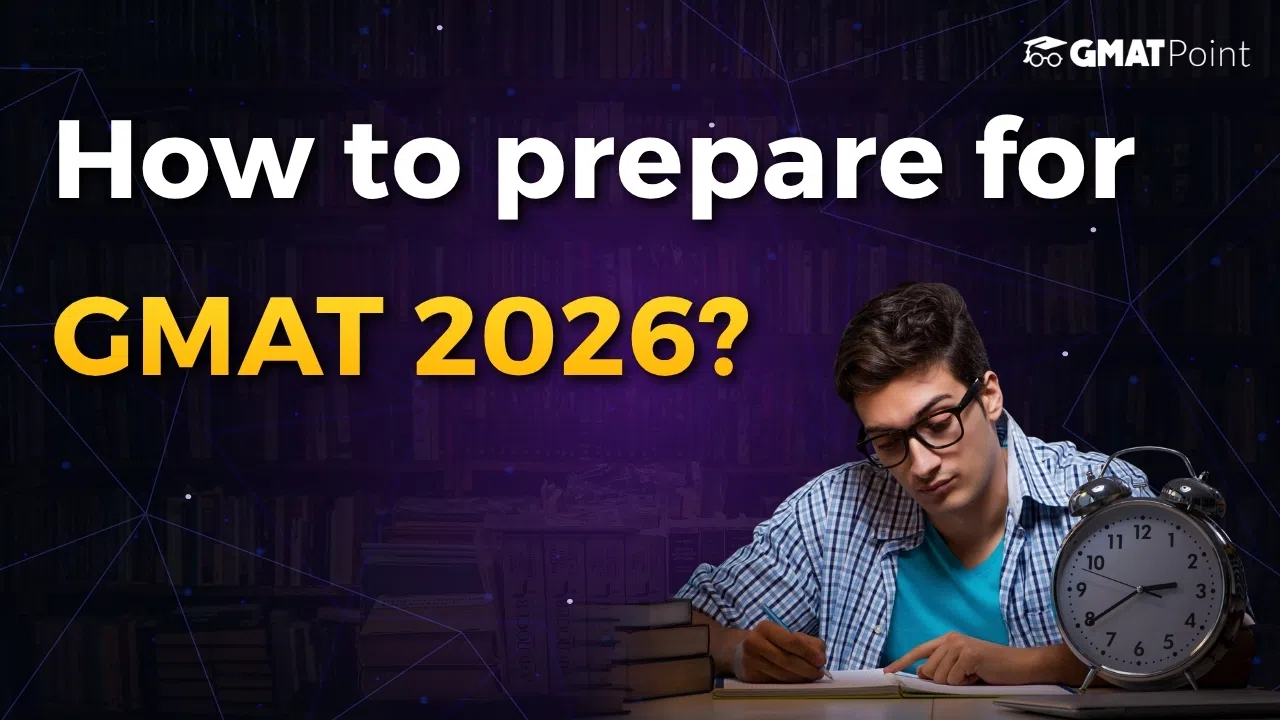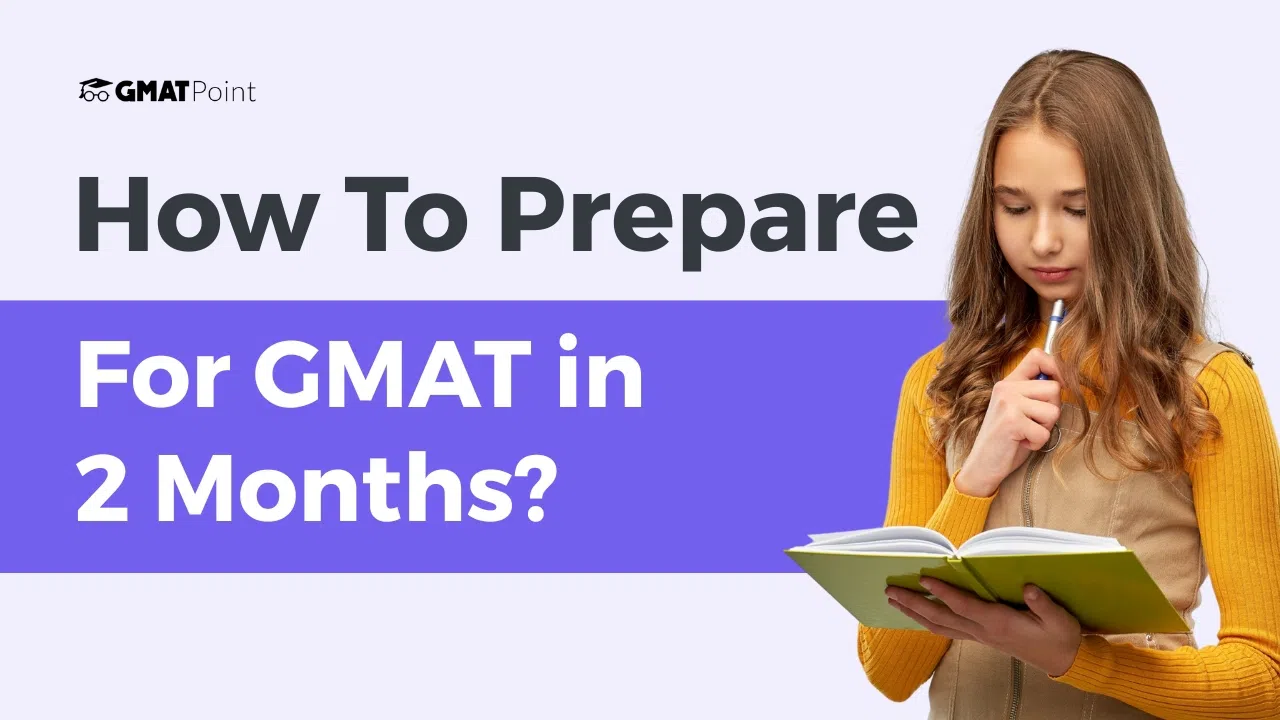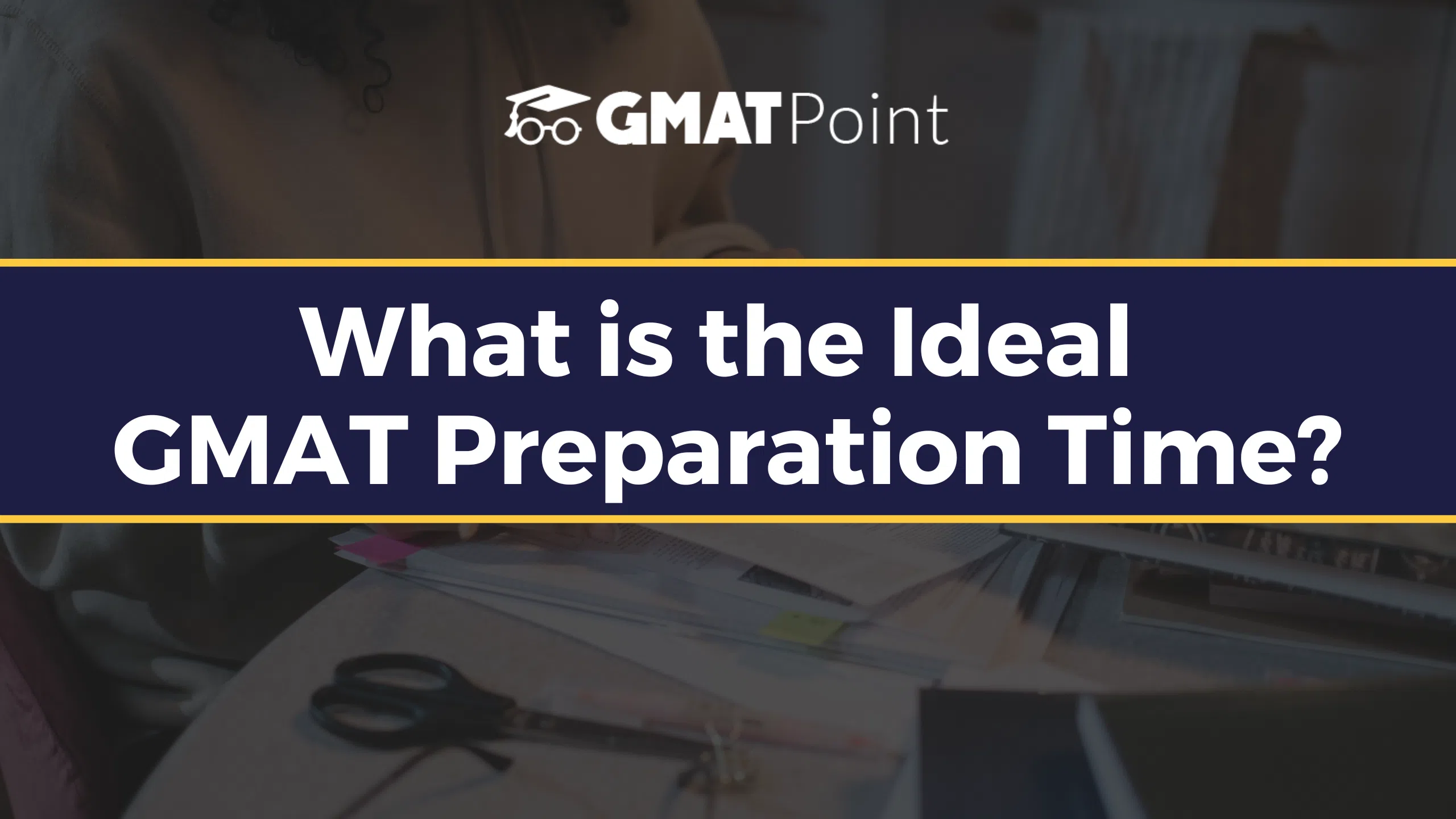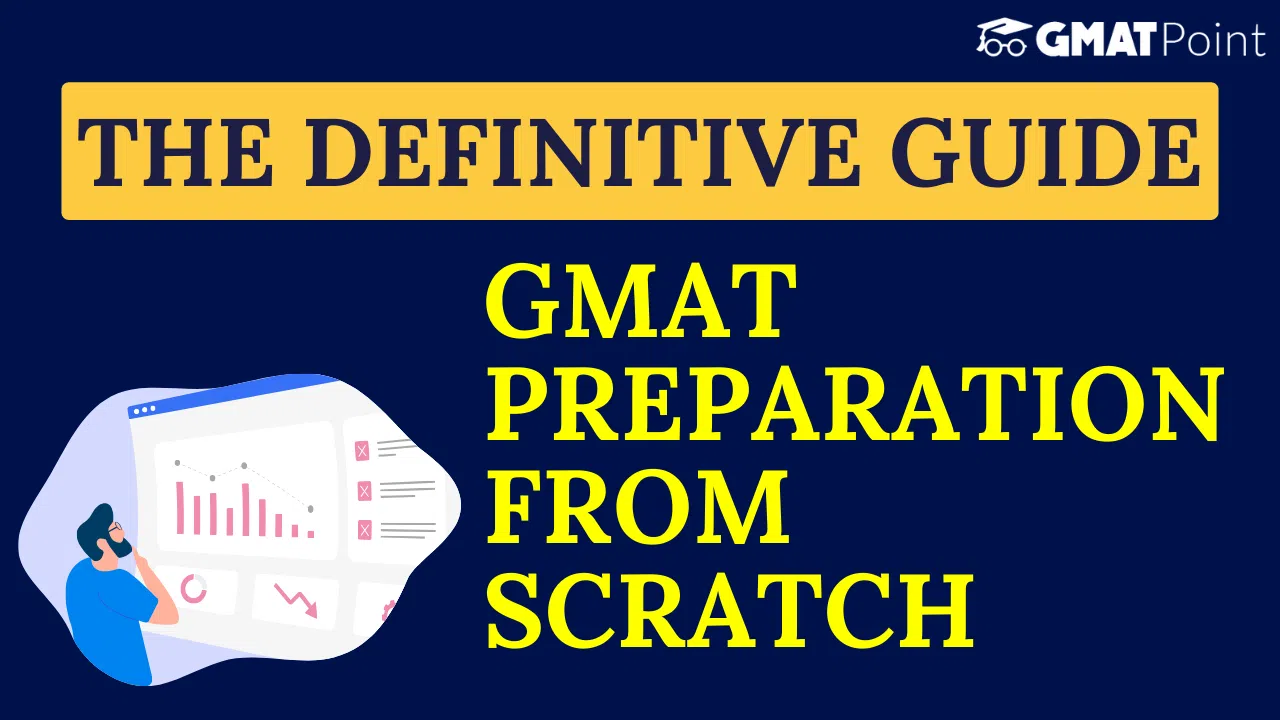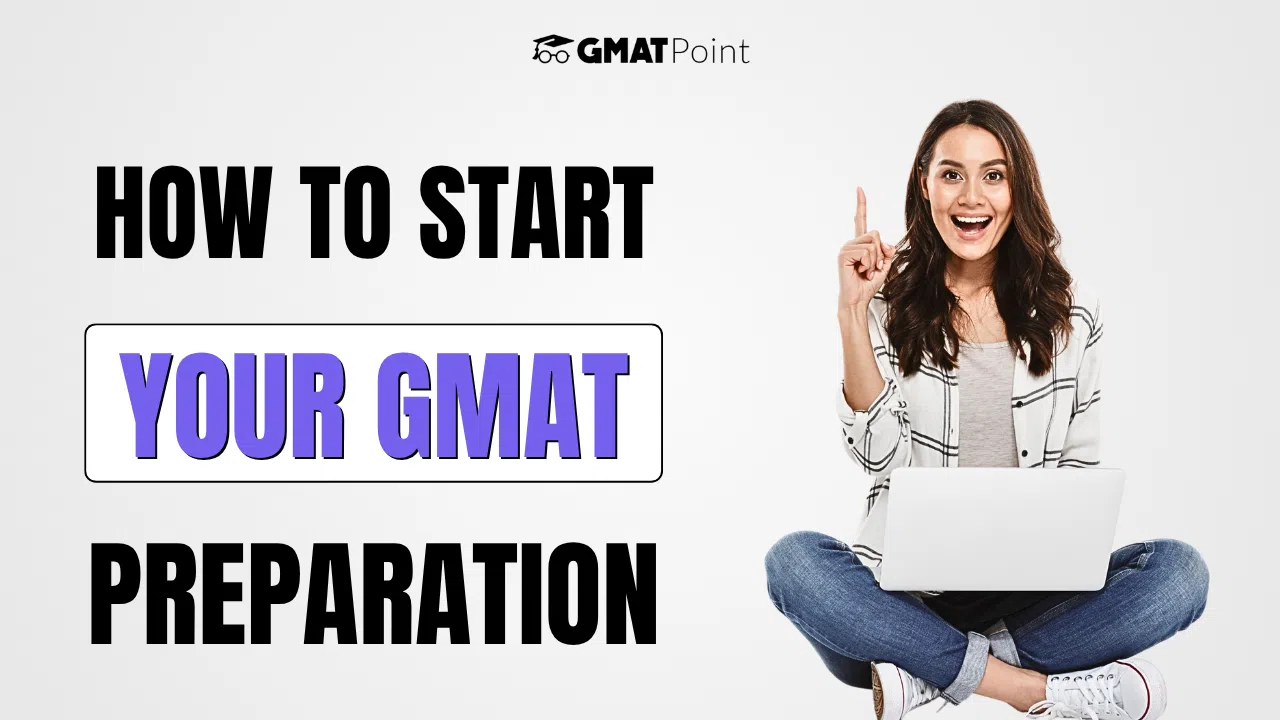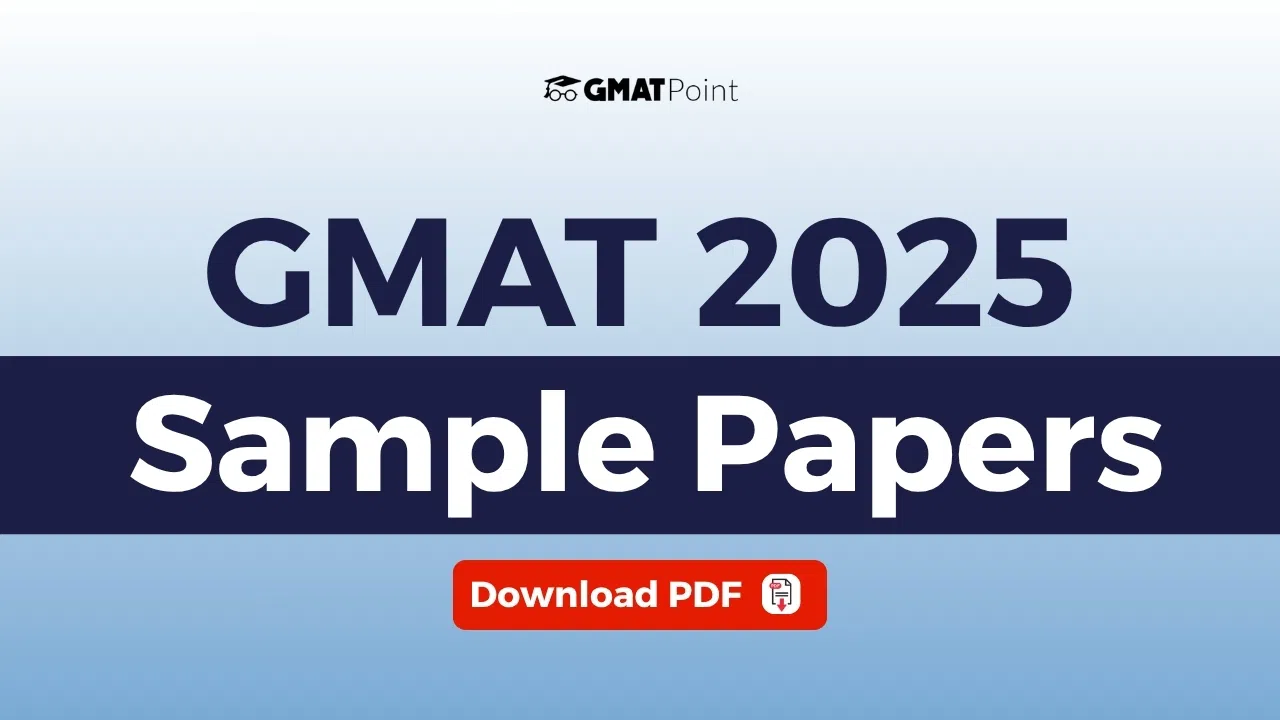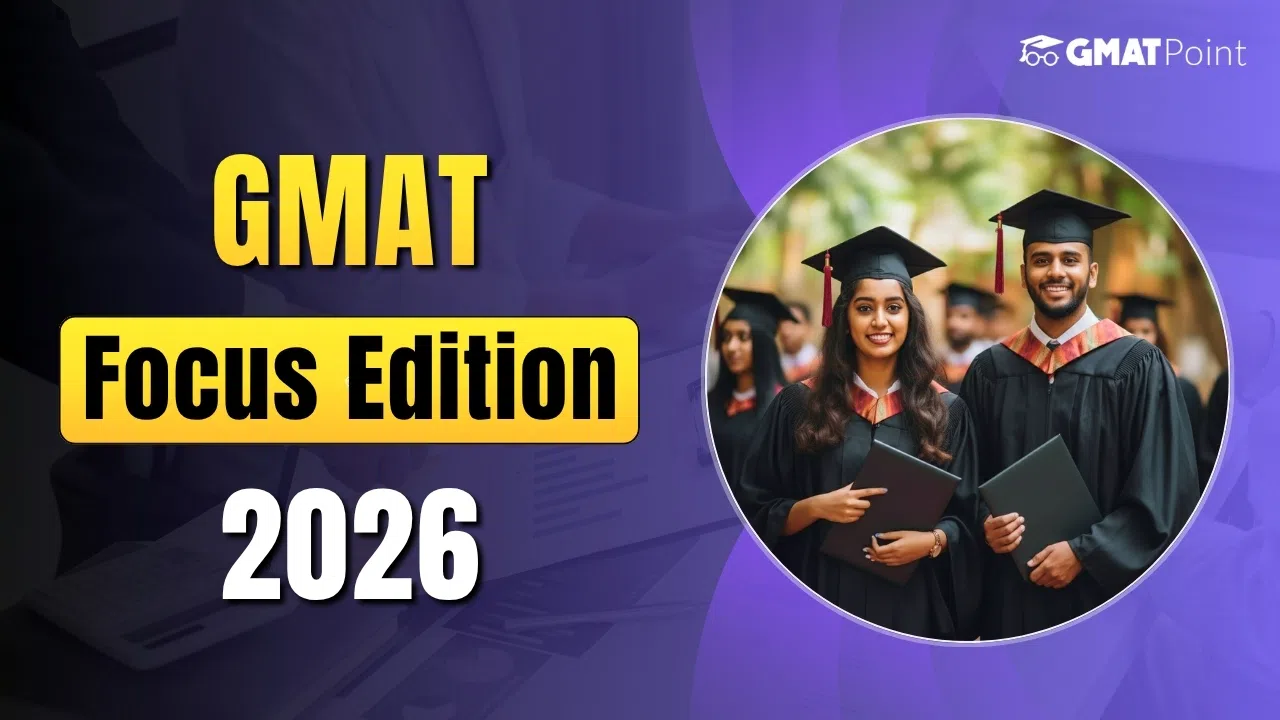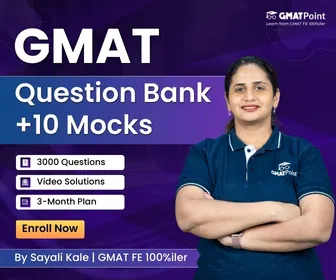How to Prepare for GMAT 2026
Preparing for the GMAT might feel overwhelming due to its vast syllabus and the level of questions asked in the exam. However, if you have the right approach and the right attitude, it will be totally doable. The GMAT (Graduate Management Admission Test) is a key for students who want to get an MBA or any other business-related field program at the world's best universities. If you are completely new to the test or you already know its format, a well-defined study plan will really empower you. Read the blog till the end and have all the preparation tips for the GMAT.
GMAT Exam 2026 Overview
GMAT 2026 is a computer-adaptive test aimed at assessing the analytical, quantitative, verbal, and reasoning skills of a candidate. Here’s the overview of the GMAT exam 2026:
Section | No. of Questions | Duration | Score Range |
Quantitative Reasoning | 21 | 45 minutes | 60-90 |
Verbal Reasoning | 23 | 45 minutes | 60-90 |
Data Insights | 20 | 45 minutes | 60-90 |
Total | 64 | 2 hours 15 minutes | 205-805 |
Read More: GMAT Exam Pattern 2025, Section-wise Marking Scheme
How to Start Your GMAT Preparation Step-by-Step?
Starting your GMAT preparation can seem overwhelming at first, but following a structured plan makes the process much easier. Here’s a simple step-by-step approach to help you begin your GMAT 2026 journey confidently:
- Understand the Exam Format: Familiarise yourself with the GMAT exam structure, sections, and question types so you know exactly what to expect on test day.
- Know the Syllabus: Understand the syllabus and have a list of all topics to ensure that you don’t miss any important topics. You can download the GMAT syllabus PDF for detailed insights into the new GMAT pattern.
- Set a Target Score: Set a realistic score goal based on the average GMAT scores of your target business schools.
- Create a Study Plan: Allocate daily or weekly study hours and divide them among Quant, Verbal, and Data Insights sections based on your performance.
- Focus on Concept Clarity: Strengthen your basics in math, grammar, and reasoning before jumping into advanced-level questions.
- Practice Regularly: Consistent practice is key. Solve a mix of timed and untimed questions to improve both speed and accuracy. GMAT mock tests are one of the best resources to test your preparation and to work on speed and accuracy.
- Review Mistakes: Always make sure to analyse every mock test to understand where you went wrong and how to improve.
- Simulate Test Conditions: Take mock exams under real exam-like settings to build stamina and time management skills.
- Stay Consistent and Positive: Preparation takes time, so stay motivated, track your progress, and make small improvements each week.
Read More: GMAT Preparation Strategy 2025, Section-wise Preparation Tips
GMAT Preparation for the Quantitative Reasoning section
The Quantitative Reasoning section of the GMAT includes 21 questions to be solved in 45 minutes. This section covers two main question types: Problem Solving and Data Insights (previously Data Sufficiency). Here’s how to prepare for the Quantitative Reasoning section:
- Master Core Math Concepts: Focus on topics such as arithmetic (fractions, percentages, ratios), algebra (linear and quadratic equations, inequalities), and geometry (lines, angles, coordinate geometry). Ensure you can apply these concepts logically, not just mechanically.
- Understand the Key Terms: The updated GMAT emphasises interpreting data from charts, tables, and graphs. Practice analysing multi-source reasoning and understanding patterns or trends in datasets.
- Practice Mental Math: Since calculators are not allowed in the exam centre, you need to be quick in calculations. So, sharpen your ability to make quick calculations using estimation and number sense. GMAT speed math is a good tool that can help you prepare for that
- Develop a Strategy for Problem Solving: Learn to recognise question patterns. For instance, identify when to plug in numbers, use elimination, or simplify algebraic expressions.
- Time Management: You get about 2 minutes per question. Practice pacing through timed drills and note which question types take longer.
GMAT Preparation for Verbal Reasoning Section
The Verbal Reasoning section of the GMAT evaluates your ability to read, understand, and evaluate written material. This section contains 23 questions to be completed in 45 minutes, focusing on Reading Comprehension and Critical Reasoning. Here’s how to prepare for the Verbal Reasoning section of the GMAT:
- Build Strong Reading Habits: Read editorials, business journals, and analytical articles (like those from The Economist or Harvard Business Review). This helps improve comprehension, vocabulary, and the ability to identify arguments quickly.
- Improve Critical Reasoning: Learn to break down arguments into premises and conclusions. Practice identifying assumptions, strengthening or weakening arguments, and evaluating the logic behind statements.
- Sharpen Grammar and Usage Skills: While sentence correction is no longer part of the Focus Edition, grammatical awareness still supports your comprehension accuracy. Focus on clarity, structure, and meaning.
- Review and Analyse Mistakes: For every practice passage, revisit your incorrect answers to understand why your logic failed. This helps you spot recurring patterns.
Read More: GMAT Critical Reasoning Practice Questions, Download PDF
GMAT Preparation for Data Insights Section
The Data Insights section is one of the most crucial additions, and one should be aware of tables, graphs, and text to make informed decisions. This section has 20 questions to be completed in 45 minutes and includes question types like Data Sufficiency, Multi-Source Reasoning, Table Analysis, Graphics Interpretation, and Two-Part Analysis. You can use the preparation tips mentioned below to score better:
- Understand Data Formats: Get comfortable interpreting visuals like pie charts, bar graphs, scatter plots, and complex data tables. Learn to extract key insights without spending too much time on unnecessary details.
- Practice Data Sufficiency Questions: Focus on logical reasoning rather than calculations.
- Develop Analytical Thinking: Work on problems that are a mix of numerical data with verbal reasoning, as many Data Insights questions blend both skills.
